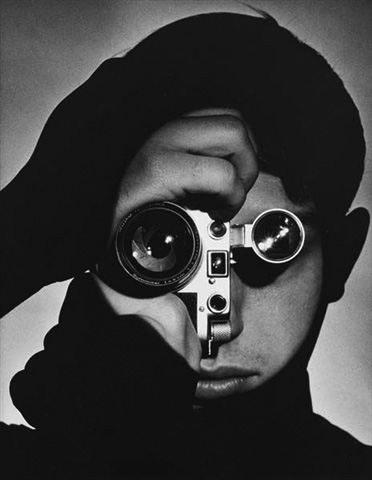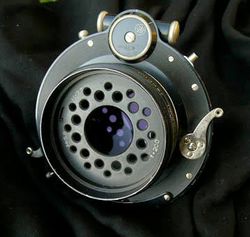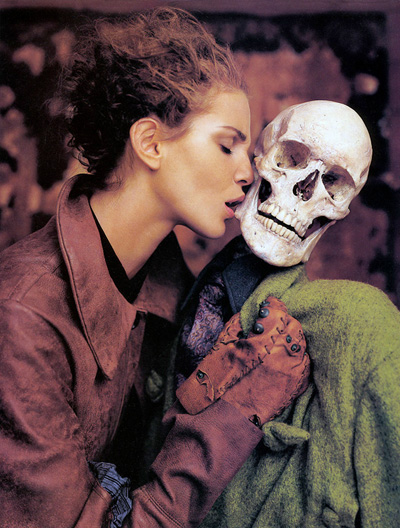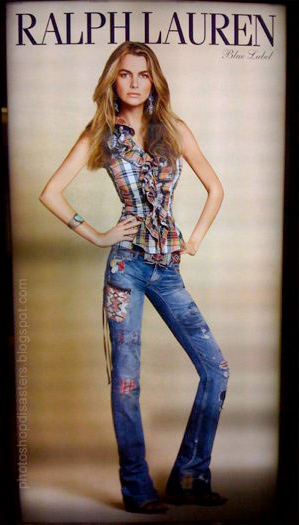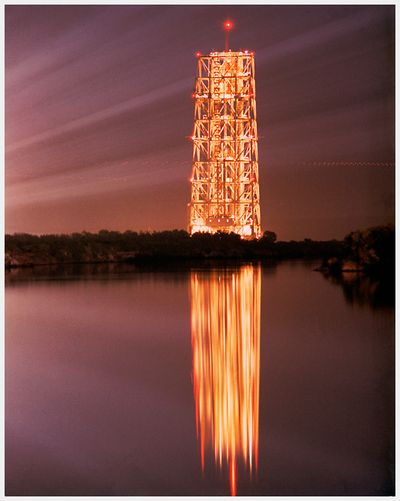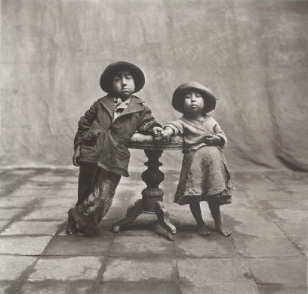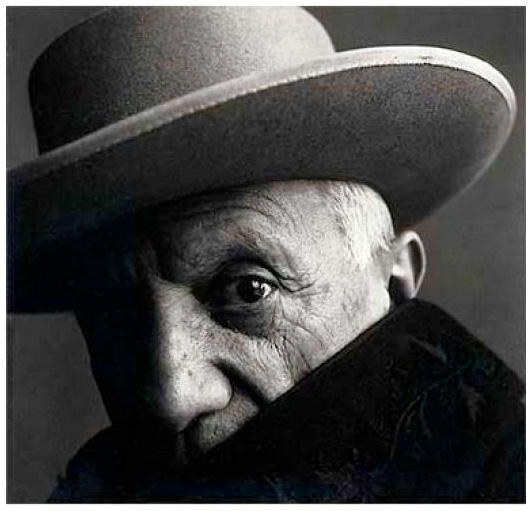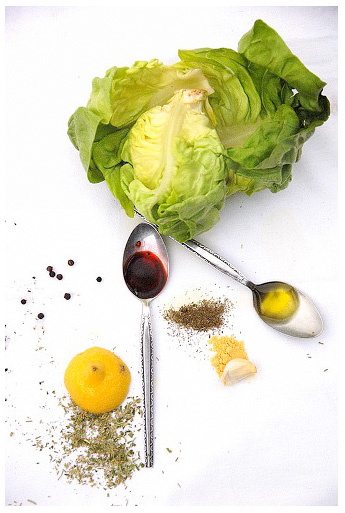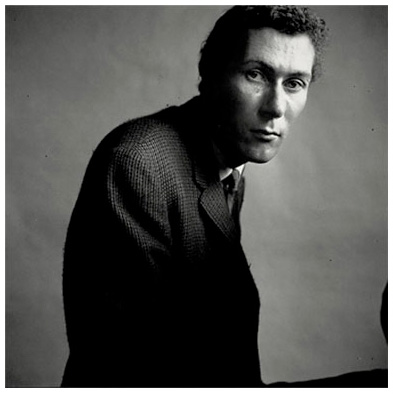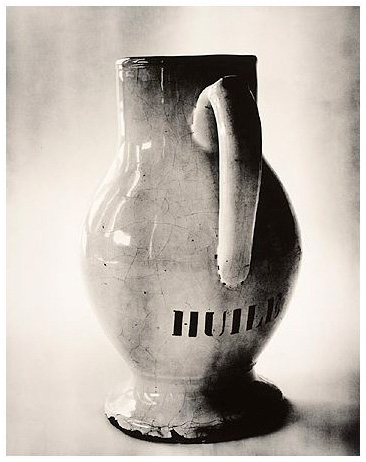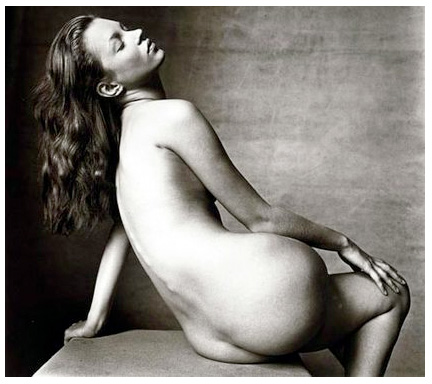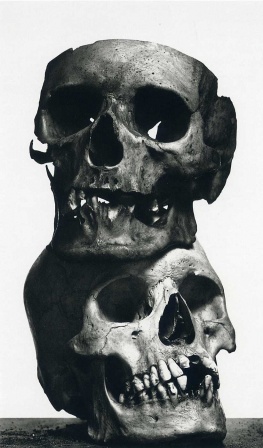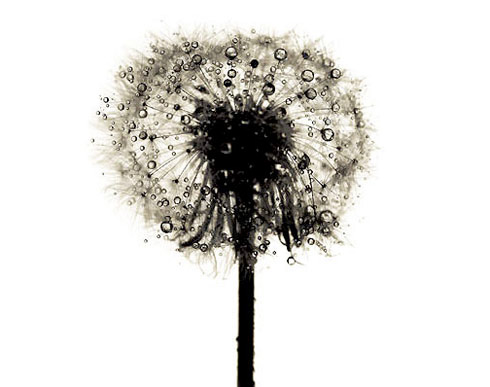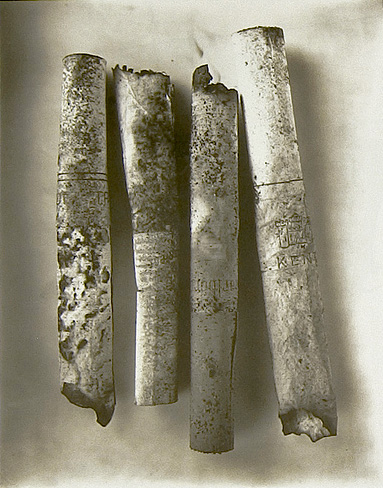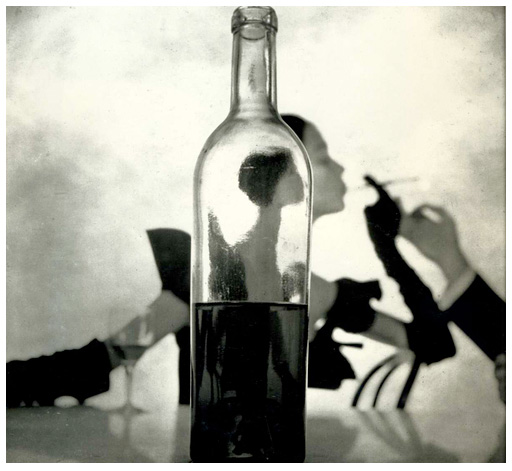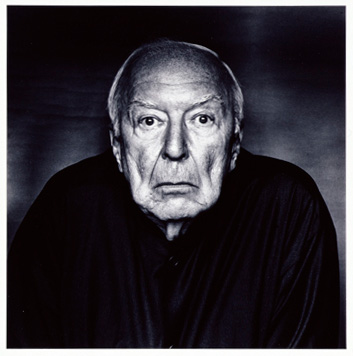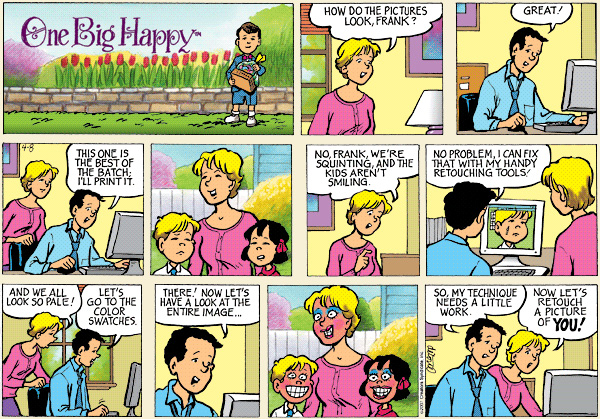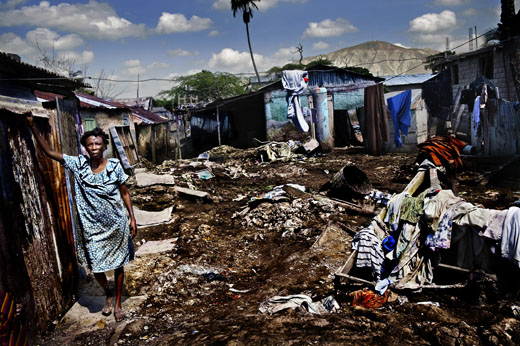By Jim Hughes
I was saddened to learn last week of the passing of my old friend Dennis Stock. I was surprised to read in obits and tributes references to him as unknown or under-appreciated, since in my circles back in the day he was a legend of sorts—although not, like some, of his own making. Dennis was never by nature a glad-hander, nor would he willingly suffer fools. By some accounts, he was "difficult," but I never found him to be.
If memory serves, I first met him in 1969, when the magazine I was briefly editing, Travel & Camera (formerly U.S. Camera and soon to be reinvented, without me, as Travel & Leisure), used his wonderful color photographs for a National Parks issue. "I'm glad to see you're not a member of the 'old boys' club' around here," I remember him announcing with a wry grin some time later at Pop Photo, where I had landed to do the Annual. Thereafter, we had many a long conversation, over lunch or in my office. He had strong, well thought out opinions, and they might spill out at the drop of a hat, so to speak. I found him to be as much philosopher as photographer. For some reason, he brought to mind a Talmudic scholar, although we never talked religion. In any event, there was nothing shallow about Dennis Stock.
In 1974, he did a book for Kodansha, A Haiku Journey, for which he undertook to follow the path of "The Narrow Road to the Far North" traveled by the 17th century Japanese poet Bashó, whose haikus Dennis illustrates with photographic poetry of his own. As Dennis wrote in a text for the book:
While reading haiku, I have often sensed a visual perception that must be at work while the poet writes. The haiku form, in its conciseness and with its candid expression of detail, reminds us of what is also necessary in photography. We reach into nature, frame poised and focus selective. Then with shutter-speed response, we freeze the fleeting moment—leaving just enough unsaid for the viewer to add or extract at will. There is a subtle collaboration between artist and audience—and so it is with appreciating a haiku.
...We were separated only by three centuries and the breadth of a blade of grass, and I sensed Bashó at my side.
Jim
(Thanks to Tyler Monson)
Send this post to a friend
Note: Links in this post may be to our affiliates; sales through affiliate links may benefit this site. More...
Featured Comment by Rod S.: "I recall reading a fascinating interview with Dennis Stock that appeared in Popular Photography around 1977–78. What stood out to me then as a 21-year-old was the clarity of his insights into his actions and responsibility as a photographer. His comments impressed me to the extent that I put the interview into the hands of a best friend and insisted he read it (he, too, was impressed). Indeed, I can still visualise one of the pages, a left-hand page that had a central photo of Mr. Stock leaning on one knee."
Jim Hughes replies: Rod's memory is correct. A black-and-white and color portfolio by Dennis Stock was published in the March 1978 edition of Popular Photography. I know because I have the yellowing, dog-eared copy right here in front of me, which I saved, of course, because I wrote the text, helped select and sequence the photographs, and conducted the interview you mention, which appeared separately at the back of the magazine.
Here's a little of what I wrote back then, in the intro: "[Stock's] color photographs of nature are as sensually lyrical as his black-and-white pictures of people are intellectually cutting, and his opinions on the current state of photography make a lot of people uncomfortable, myself included. "I look for humor and beauty in life, and that's an unfashionable position these days," he says. The fact is, Stock has mellowed a lot. When I first encountered him in the late 1960s, I had the audacity to ask what lens he used for one of his National Parks photographs. 'Tell your readers that I shoot through the bottom of a Coke bottle,' he barked as he hung up. Now, he can note, 'Equipped with 35mm SLRs and a collection of lenses, I trip, stumble, trek, and climb into a playground of promise....'
"He has a lot more to say, and he says it with the zeal of a man whose religion is photography."
By the way, the photograph Rod recalls so vividly, of Dennis on one knee, a camera in one hand and a daisy in the other, was made by Dan Budnick, another old friend.
When Dennis was 18 and just out of the Navy, he took a course with Berenice Abbott under the GI Bill. "It wasn't quite right," he told me during the interview. "I asked her where I could get a job as an assistant." She sent him to "a man by the name of Smith. So I went up to see this man by the name of Smith—it was W. Eugene, of course—and he said he needed an assistant and hired me. Well, Gene can be very naive. I was this brassy kid off the street, who [still] knew nothing about photography. Gene needed somebody with real qualifications. So I worked for him about two weeks. But in the parting moments, he said in his sweet way—you know, I adore the man—'You ought to work for a guy by the name of Gjon Mili; he'll really kick your ass around.'"
Dennis worked for Mili for four years, and presumably the ass-kicking worked—"four years of real apprenticeship, European style. $25 a week, unlimited time for developing, printing until three in the morning, learning, learning, learning. Smith was right. Mili was a very good master, very demanding but very generous. I had a classic upbringing in photography."
In 1951, Stock won first prize in LIFE magazine's young photographers' contest, soon joined Magnum at the invitation of Robert Capa, and the rest, as they say, is history.
When I asked Dennis to comment on the then-current (1978, remember) state of photographic education, he replied in typically direct and irascible fashion:
"Bear in mind that a large portion of our critics, educators or historians cannot take a good picture or recognize one. So it's very easy for them to lionize the [William] Egglestons and the types who indulge in craftless banality. Push them up. It's perfect for them. Damn it, when I came into photography, a Smith, a Mili, a Haas, a Cartier-Bresson...boy, they were hard to reach for. You never believed you would reach that level, but you tried like hell. But they were immense distances ahead of you. Well, look who's coming down the pike now. How many people are doing Les Krims photographs? Ralph Gibson? I'm sorry, who's doing Diane Arbus? Everybody and his brother! They're easy to imitate. It's most distressing."
Okay, enough of my trip down memory lane. But a little history does go a long way, don't you think?
